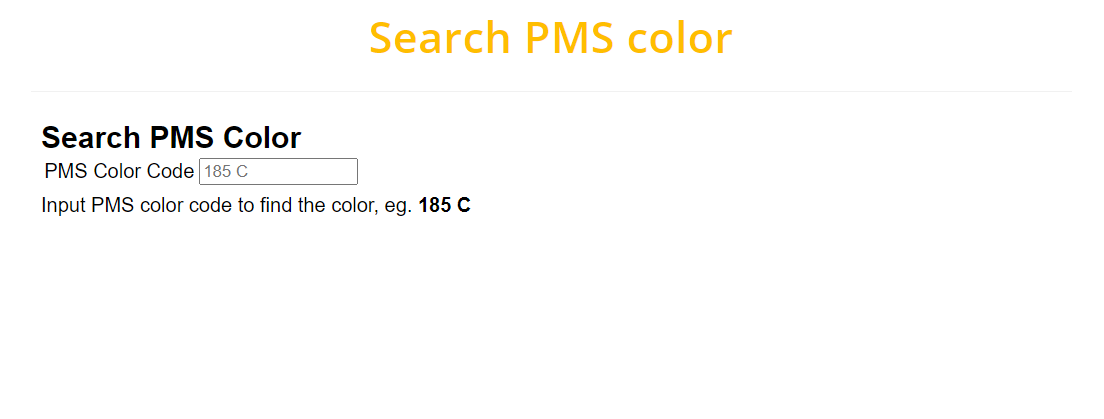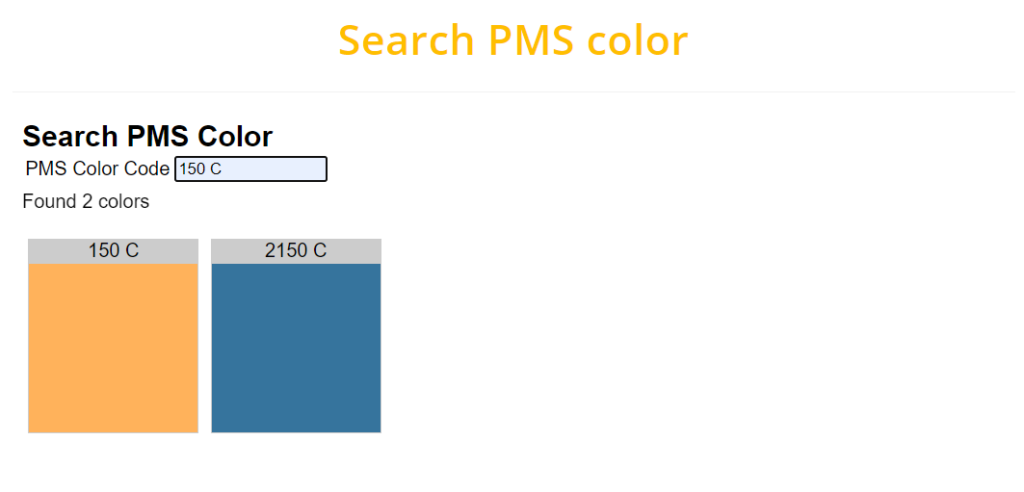Understanding the Power of PMS Colors: A Guide for Designers and Marketers
What Is And Are PMS Colors?
Pantone Matching System (PMS) is a standardized color reproduction system. Designed in 1960s it enables designers and manufacturers to maintain color accuracy on different medias as well as materials. Especially important in printing where slight differences can lead to significant changes on final products.
PMS Basics
- Standardization: It is a universal color language through PMS. Every color has its own identity which makes it possible for designers as well as clients to communicate effectively.
- Consistency: Use of PMS colors ensures that the brands’ color remains the same in various prints or products.
- Wide Palette: With thousands of hues available on this system, designers are exposed to a wide range of options.
To recognize a brand and develop trust, it is fundamental to have uniformity in the color branding.
Choosing the Right PMS Colors
Know Your Audience
- Who is going to see your ad? What do you want them to feel?
- Conduct Research: Examine color meanings for your target demographics.
- Test Combinations: Use color wheels or design software to understand how different PMS colors will interact with one another.
Stay in Line with Brand Values
- Your brand’s message and values should be represented by its color scheme. For example, if sustainability is what your brand stands for, you could go with earthy shades or greens instead of any other shade that may not have similar effects on your audience.
- Make Mood Boards: They can help you visualize how those colors will appear in different contexts.
Consider the Setting
- Lighting Conditions: Some colors look nice in sunlight but boring under artificial lights.
- Display on Screens: Keep in mind that screens show hues differently from actual goods.
PMS Colors and their Practical Applications
Brand Identity and Marketing Collateral
To create logos, business cards, brochures, etc., one should ensure that PMS colors are used uniformly to maintain brand loyalty and avoid confusing customers.
Packaging design
By creating shelf presence, one can make PMS colors help your product get noticed amidst stiff competition. Increased sales are often associated with a catching visual identity.
Digital Design
Use of PMS colors is essential when designing websites or applications so as to maintain brand consistency across various platforms.
Infographics and Data Visualization
Pictorials made using these colors enable you to have attractive and easy-to-understand diagrams that communicate data better.
“In today’s highly competitive environment, color is your best ally.”
Conclusion
Anyone involved in design or marketing must understand what PMS colors are all about. They come with numerous advantages for differentiating brand image from quality control thereby making visual communication more effective.
The thoughtful selection and application of PMS colors in a design is not only important for its beauty but also enhances identification and trust with the consumers. Whether you are starting a new project or rebranding an existing one, exploring and deciding on the right PMS colors can help you succeed.
Call to Action
Desiring to know what type of PMS colors would be appropriate for your brand? Begin playing around with color palettes to see how they may affect your visual identity! In case you found this article useful, please feel free to share it with other designers/marketers who may require further information about PMS colors.
To get more insights, the Pantone Color Institute or delve into color psychology that will let you understand deeper implications that various colors have in branding.


